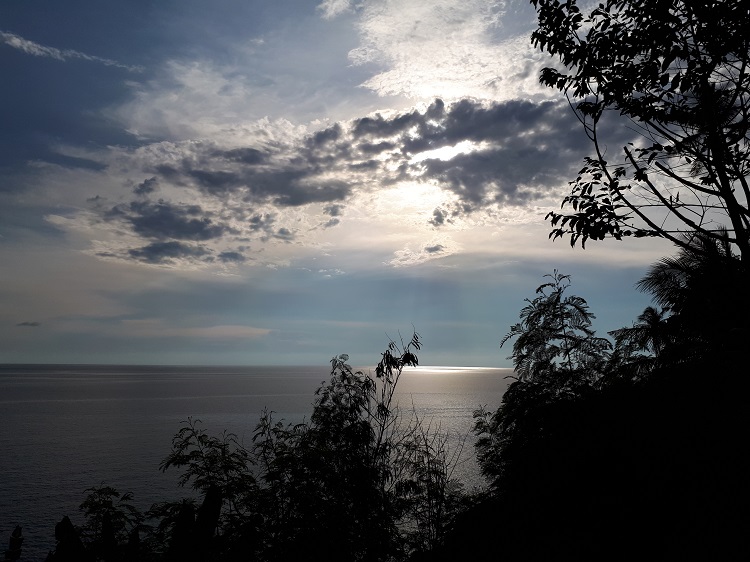I wish there’d been more chapters, if only to explore Simoun’s passage to redemption, or at least to discover Basilio’s fate. I wonder if, at this time, Rizal had become too weary to press on.

Chapter 36: Ben-Zayb’s Afflictions
Ben-Zayb writes an embellished account of what transpired at the wedding party, making the Captain-General appear more heroic and the distinguished guests more stoic than they had actually been in the face of danger. His editor returns his work unpublished following the Captain-General’s orders not to discuss the incident.
Ben-Zayb turns his journalistic energies towards investigating an assault and theft at an inn where priests had been injured. In the process, he learns that the apprehended thieves confessed that they had been part of a plot, led by a Spaniard fitting Simoun’s description, to sack abbeys and houses of the rich. When the signal did not materialize, they broke off from their gang to do some mischief on their own.
Meanwhile, Simoun is nowhere to be found, and the sacks of gunpowder are found hidden at the wedding party venue. People become suspicious of Simoun.
Chapter 37: The Mystery
While on a visit to the wealthy Orenda family’s house, Isagani listens to Chichoy relate how he had been to Don Timoteo’s house in time to witness the discovery of the sacks of gunpowder there. He also reveals hearing the rumor that government staff believe Simoun is the culprit. The civil guards are now looking for the missing jeweler.
Momoy, the fiance of the eldest Orenda girl, who had been at the party then relates how an unknown thief had stolen the lamp at the Captain-General’s dining room. Chichoy then shares the prevailing belief that the lamp was meant to ignite the gunpowder and set the house on fire.
Isagani tells Momoy that if the thief had known what it was about and had time to reflect, he would not have stolen the lamp. Later, Isagani leaves for his uncle’s place for good.
Chapter 38: Fatality
Along a mountainside, soldiers escort a group of individuals suspected of being members of the feared Matanglawin’s gang of bandits. The soldiers cruelly whip their already exhausted detainees, and one soldier called Carolino speaks up in protest against the cruelty to no avail.
As they move along, unseen individuals shoot at the soldiers from an elevated position screened by trees. The corporal at the head of the soldiers immediately orders the shooting of all prisoners and then orders his men to fire at their invisible enemies
One of the attackers reveals himself. Carolino shoots him, and the attacker disappears. Another man with a spear appears and the soldiers shoot him too. Carolino approaches the fallen man and recognizes his grandfather, Tandang Selo. Carolino, back from the Carolines, is Tano, son of Cabesang Tales. The old man, already dead, has his eyes fixed on Tano and his finger pointed at something behind the rocks.
Chapter 39: Conclusion
Padre Florentino receives a note from a lieutenant warning of the arrival of the civil guards to arrest the Spaniard hidden at the padre’s house. Don Tiburcio, thinking the note refers to him and that his wife Dona Victorina had finally discovered his location decides to leave. Padre Florentino however is certain that the note pertains to Simoun who had arrived at his house injured.
Simoun confesses his real identity and his story to Padre Florentino, including how he had befriended and used the current Captain-General’s greed to commit more injustices and stir up discontent among the people. Padre Florentino believes God will forgive Simoun and will not abandon an oppressed people.
When Simoun laments how God has denied freedom to an oppressed people and saved others more criminal than he, Padre Florentino points out how the just must suffer for their ideals. He further stresses how suffering improves and makes worthy those among the people who are complicit in vice.
Simoun passes away and Padre Florentino takes the jeweler’s fortune in its steel case and hurls it into the ocean, exhorting nature to keep it, only to emerge when men need it for a holy reason.
Recent Comments